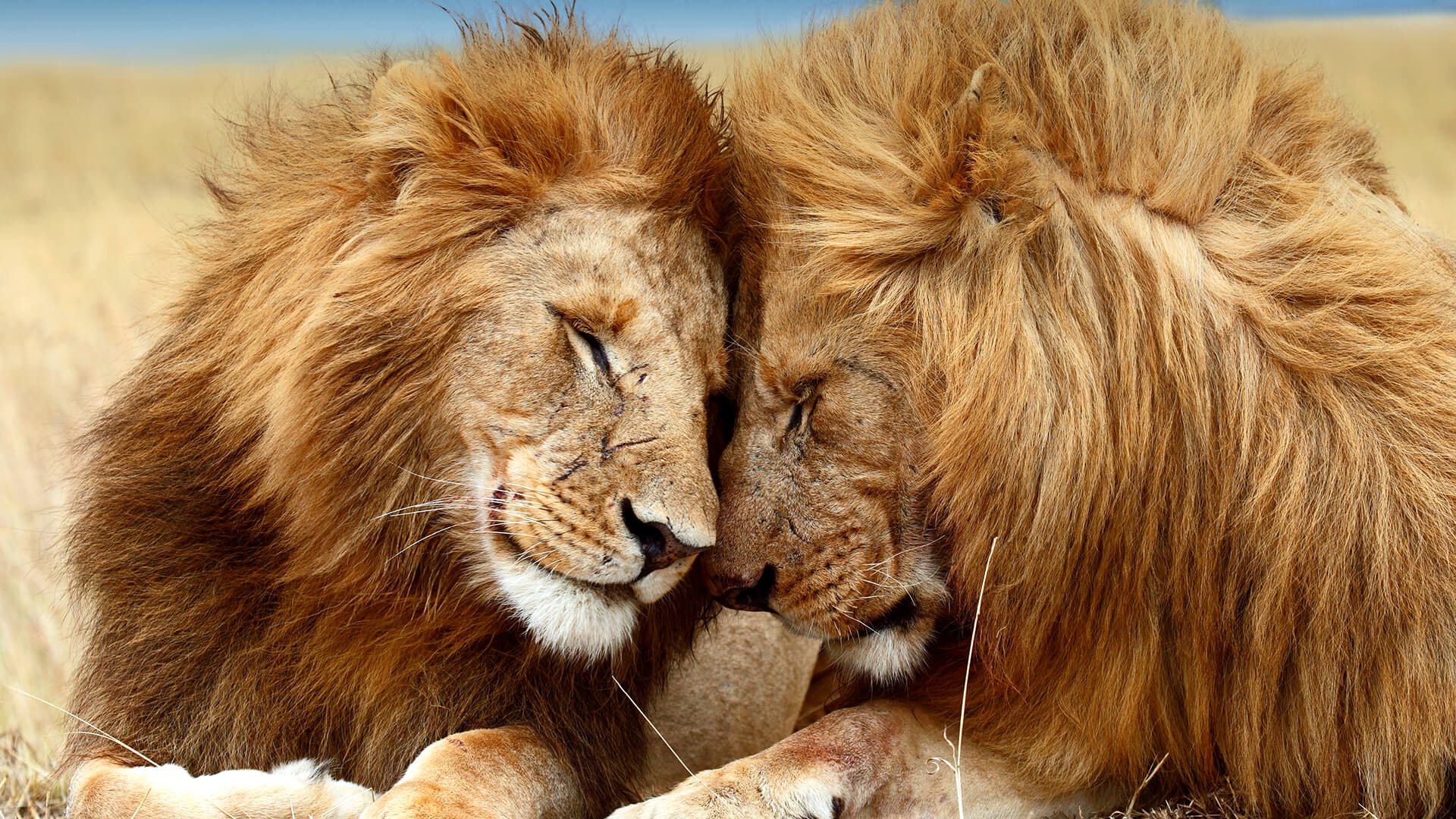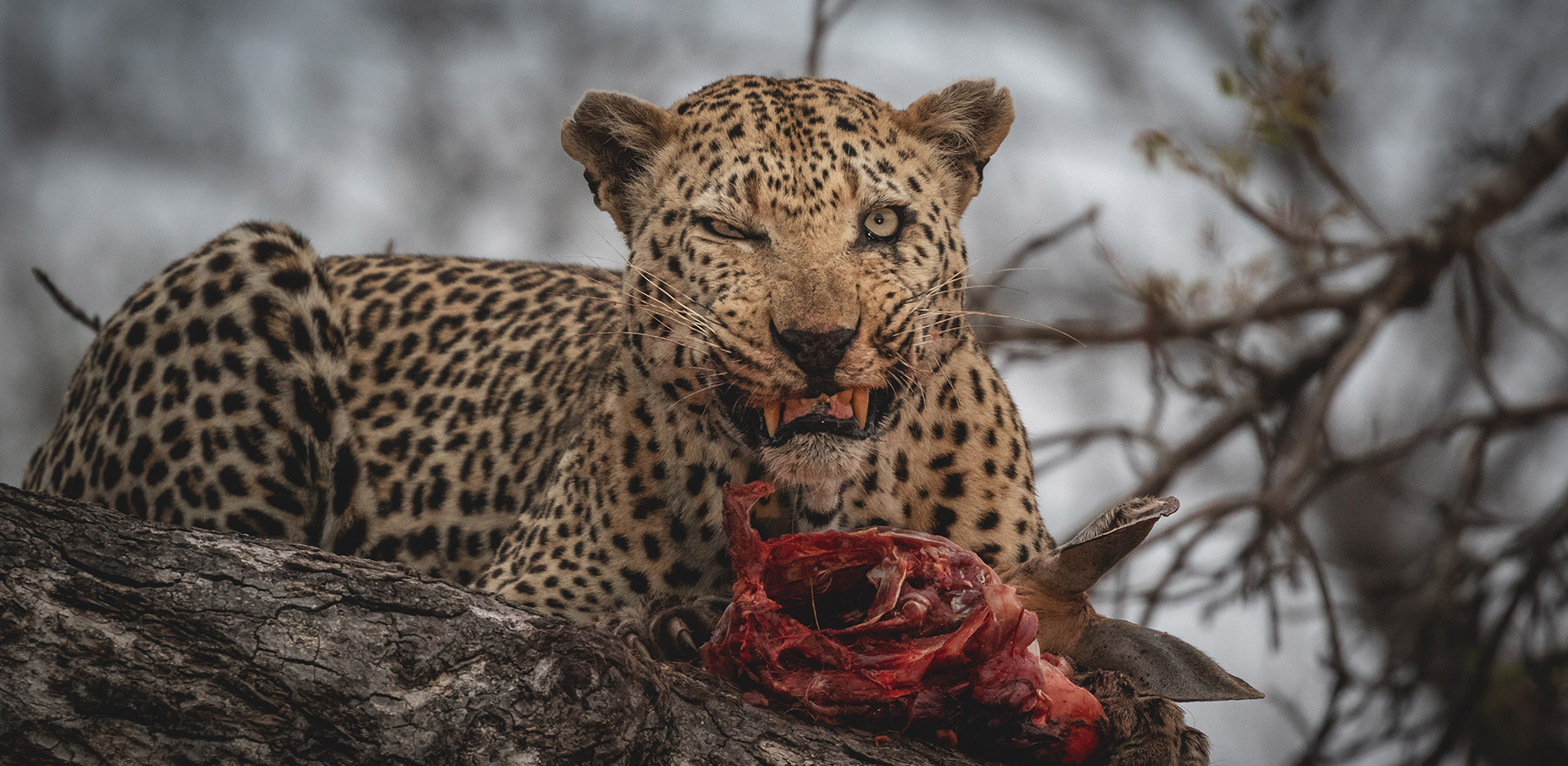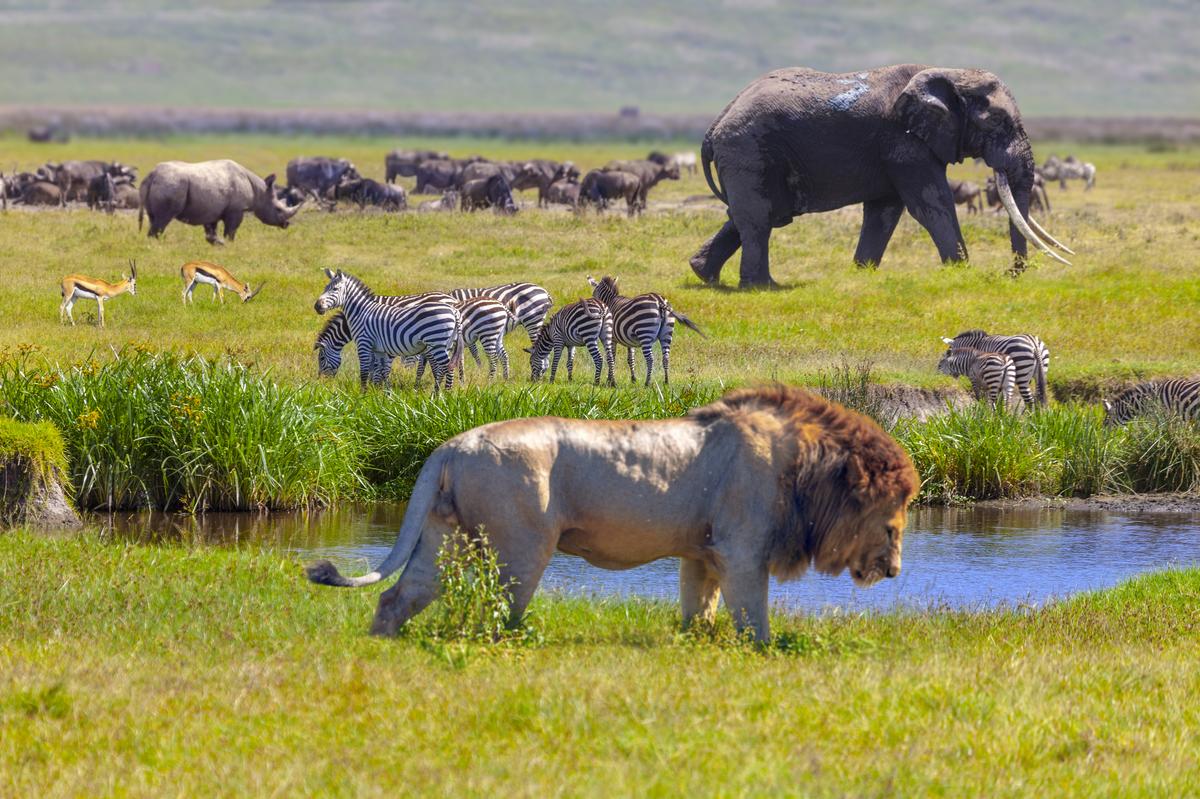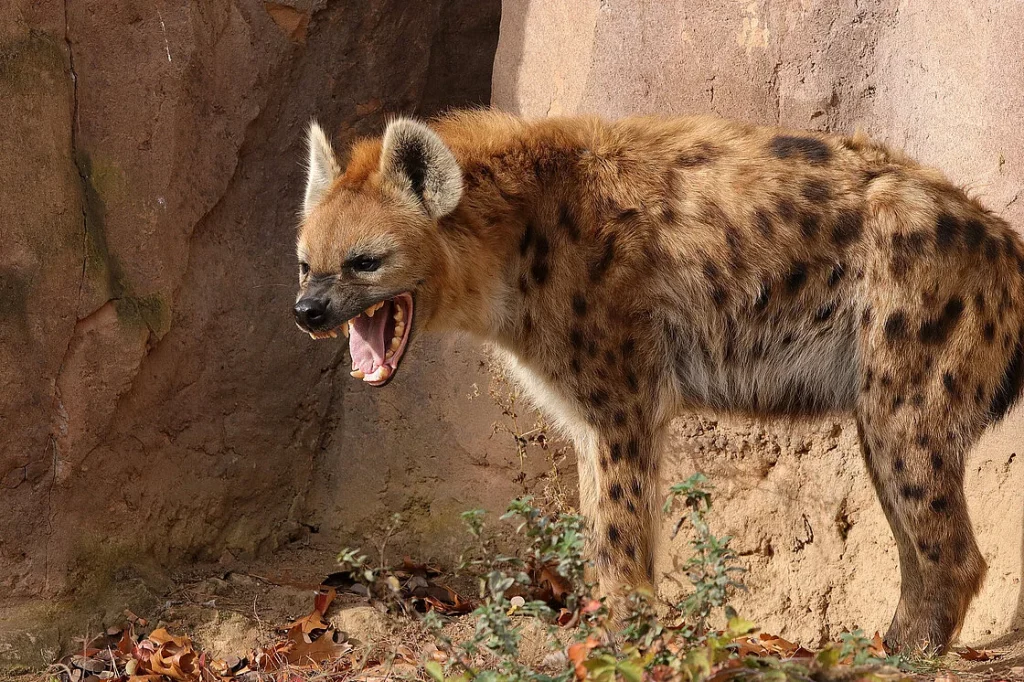- Blogs & Tips
Hyena Bite Force – The Crunch That Owns the Night
- By LSTWebmasters
Table of Contents
Hyena Bite Force – The Crunch That Owns the Night
Pitch-black savanna, stars bright enough to read by, and from somewhere in the tall grass comes the laugh—a ragged, rising cackle that prickles every inch of borrowed courage. Spotted hyenas don’t need stealth to rattle nerves; they let reputation stroll ahead of them in the dark. Moments later you hear a second sound, lower, more primal: the snap of bone giving way. Welcome to the dinner table of Africa’s most relentless grinder.
Mouth Anatomy – Nature’s Bone-Saw
Lean in close and the first surprise is size: a hyena’s head looks oversized for its body, like someone clicked “enlarge” on a predator prototype. That bulk houses jaw muscles thicker than a weight-lifter’s wrist. Instead of the pronounced sagittal crest lions flaunt, a hyena wears a broad, helmet-like skull with sprawling surfaces for muscle attachment; more acreage, more leverage.
Open the jaws and the teeth read like a toolkit. Canines spear, but the stars are farther back: conical premolars and carnassials shaped like industrial vise grips. Those rear premolars are laterally compressed and root-deep, custom-built to slot around a femur and split it like stale kindling. Even the tongue plays rough—studded with backward-facing barbs that lick marrow clean.
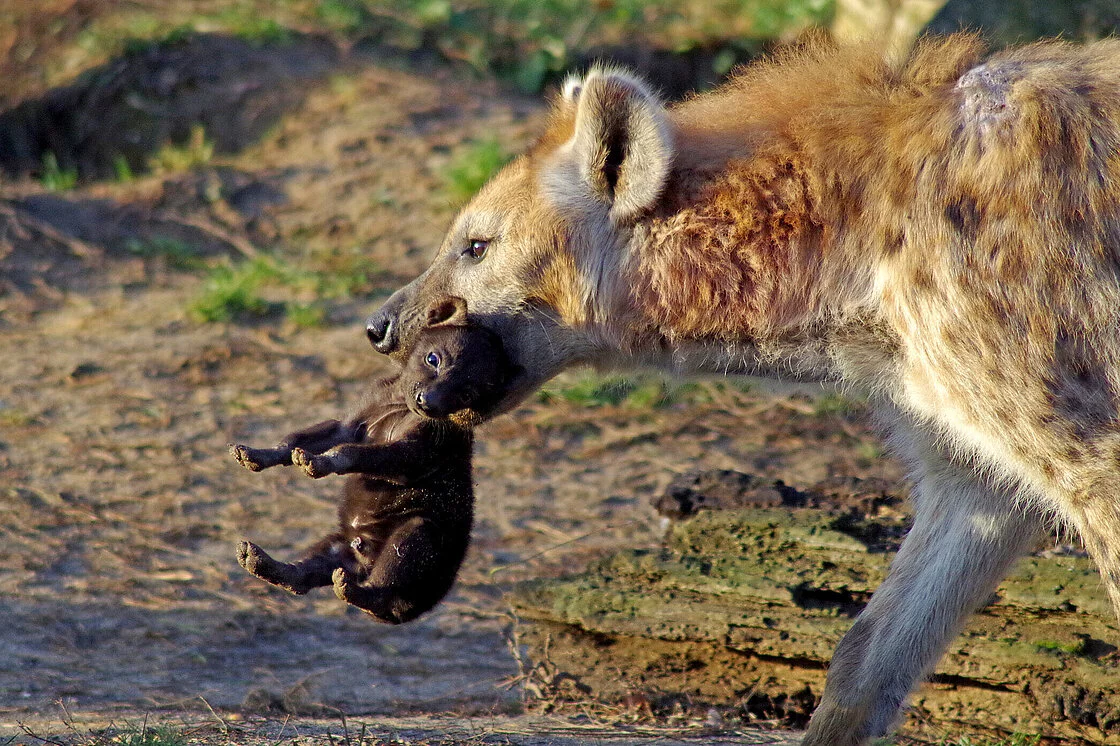
The Hyena Diet – Scavenger Myths and Hunting Truths
Contrary to the “laughing scavenger” stereotype, spotted hyenas actually kill their own preys. Picture a half-moon of mottled shapes edging closer to a grazing herd. One female darts, slashes a zebra’s hind tendon, peels away, and another slides into the gap. In less than sixty seconds the quarry stumbles; jaws clamp, dust swirls, silence falls. Tonight’s entrée: fresh zebra, fur to femur.
Wildebeest, topi, buffalo calves—anything between 50 and 200 kilograms is fair game. Because hyenas don’t sprint like cheetahs, they trade speed for stamina, jogging their prey into exhaustion while relay partners take over the chase. The moment lungs begin to burn, the lead hyena drops back, another slides forward, and the hunt rolls on like a conveyor belt powered by indomitable purpose.
Hyena Bite Force – The Crunch That Owns the Night Pictorial
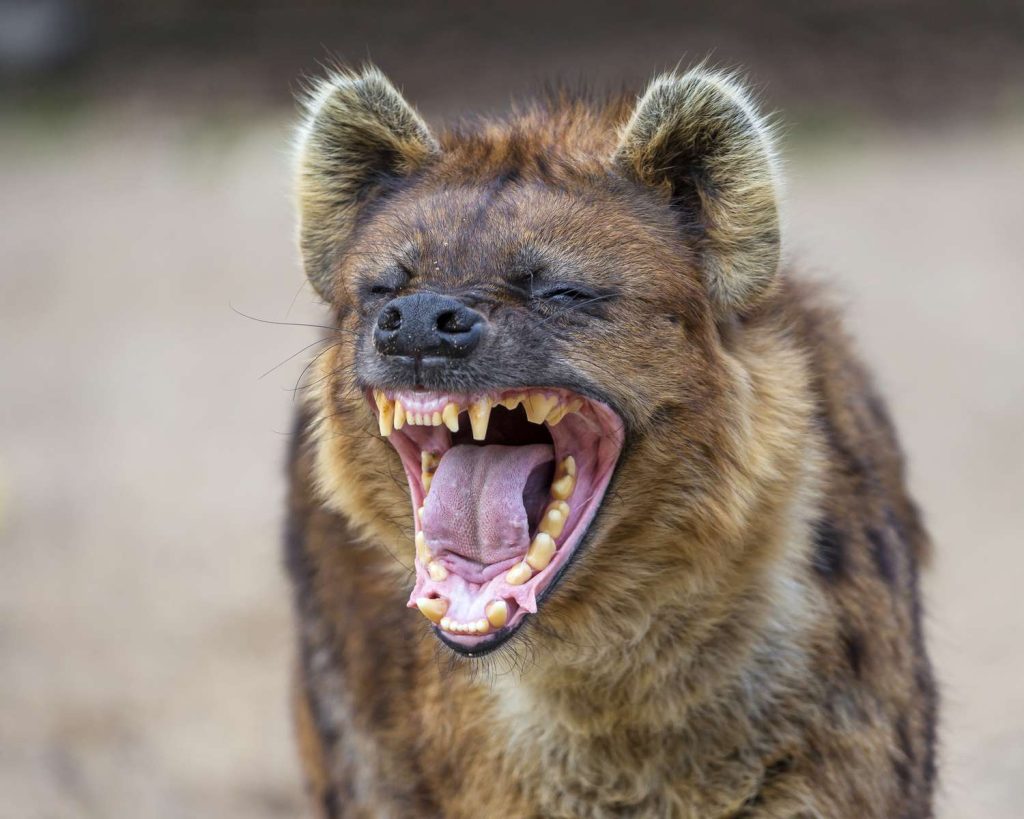
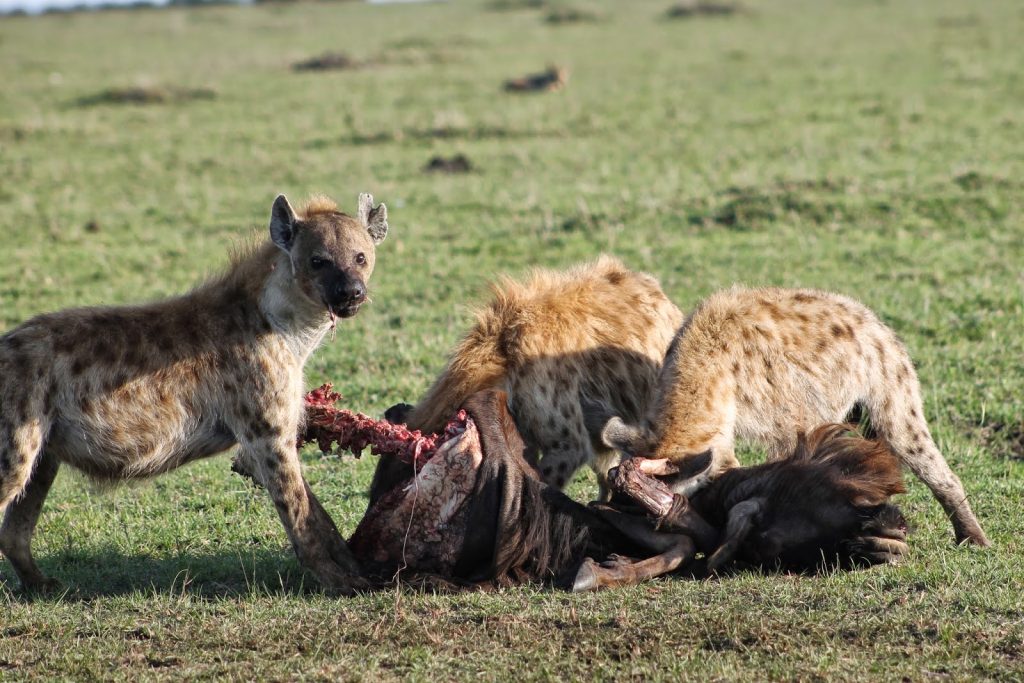
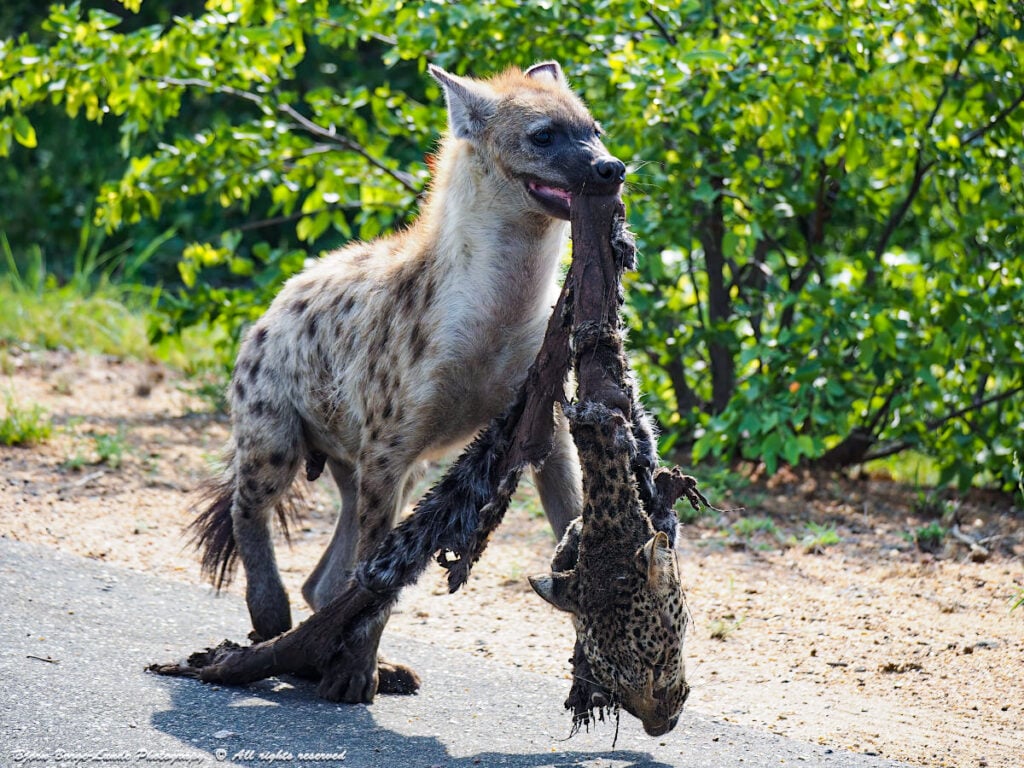
Factors behind Hyena’s Bite force
Picture this: the sharp crack of bone splitting under pressure rings out across the African plains. That sound isn’t just power—it’s precision. It’s the result of years of growing, hunting, and surviving. A hyena’s bite isn’t just strong—it’s a lifetime in the making, crafted by nature to do one thing flawlessly: break the unbreakable.
Age & Size
Start with a pup—just a fluffball with oversized ears, nipping at its mother’s ear during play. But give it time. As it grows, so does its power. By the time that baby hyena hits full size—somewhere between 40 and 60 kilograms—it carries a jaw that can crush femurs. Every kilo it adds isn’t just weight—it’s pressure, muscle, and control. And with age comes experience, turning soft bites into bone-breaking clamps.
Sex & Social Standing
In the world of hyenas, females don’t just lead—they dominate. They’re bigger, tougher, and in many cases, stronger. That extra bulk means more bite force, especially in the matriarchs who enforce order and finish what others start. Males hold their own, but when it comes to snapping through giraffe leg bones, it’s often the queen who closes the deal.
Jaw Powerhouse
If you could run your hand along a hyena’s skull—though most would wisely keep a safe distance—you’d feel a sharp ridge along the top. That’s not just bone; it’s a grip point for jaw muscles built like climbing ropes. When those muscles fire, they slam the jaws shut with force you’d expect from industrial equipment, not a wild animal.
Teeth Built for Destruction
Their teeth aren’t just sharp—they’re sculpted for destruction. Wide at the base, sharp at the tip, each one works like a tool in a demolition kit. They don’t just tear—they crush, grind, and obliterate. Flesh, tendon, bone—nothing stands a chance. That’s why when a hyena finishes feeding, the only thing left is silence and splinters.
Suggested Packages
The Scavenger’s Windfall
Yet no predator is above a gift. When vultures spiral, hyenas know a lion pride has finished eating—or that poachers have left a poisoned carcass (a modern peril they haven’t evolved to avoid). Padding in, ears flattened, they test the leftovers. If lions remain, a standoff erupts: powerful jaws clicking, tails lashing, dust clouds blooming under paw-scrapes. Sometimes lions concede. Sometimes they don’t. Either way, hyenas eventually return. Carrion still drips nutrients hours, even days, after the glamour predators walk away.
What others consider rubbish—hide, hooves, even horns—hyenas treat as calcium bars. Their 1 110 psi bite crushes elephant femurs and giraffe ribs, freeing marrow no other predator can reach. By dawn, the kill site looks like it was visited by an industrial shredder—and the nutrient cycle hums on.
Bite Force – Numbers in the Night
A force gauge wedged into a hyena’s jaws registers 1,100 pounds per square inch—stronger than a lion, nearly double that of a Bengal tiger, and on par with a polar bear. Translate that into field terms: a mature spotted hyena can snap a zebra’s thighbone in eight minutes, an elephant femur in twenty, and a discarded cooking pot in seconds (campers learn the hard way).
How? Mechanics over mass. The shortened snout means the main biting muscles attach closer to the teeth, maximizing torque. Think of using a wrench with the handle chopped short—you need more effort, but the turning force at the bolt multiplies. Hyenas evolved the biological equivalent, so every clamp of those jaws drives energy straight into the bone.
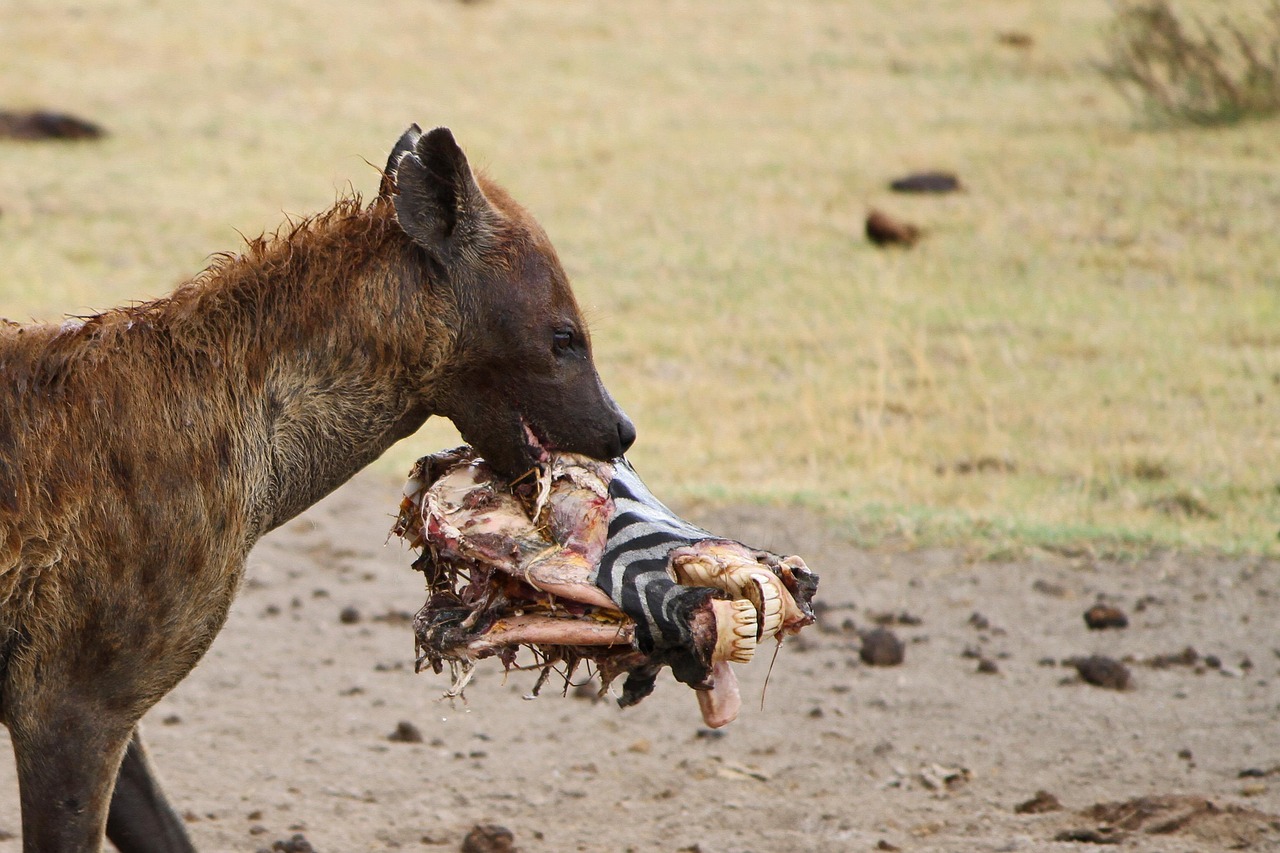
Conclusion
Where a lion’s thousand-psi bite silences prey, a hyena’s 1,100-psi crunch cleans up the aftermath. Broken femurs release marrow, cracked vertebrae expose spinal cord—nothing goes to waste. In doing so, hyenas recycle nutrients back into the ecosystem, limiting disease and speeding decomposition. Their fearsome dentistry is the savanna’s sanitation service.
So next time the night echoes with that manic laughter, picture the unseen work that follows: jaws flexing like hydraulic cutters, bones splitting with gunshot pops, and an ancient ecology ticking forward—all powered by the most formidable bite force of any mammalian carnivore on land. The laugh is theatre; the crunch is the real headline.

Engage an expert
Need help planning your Serengeti adventure today?
GET A QUOTE
Get a free Quote today.




